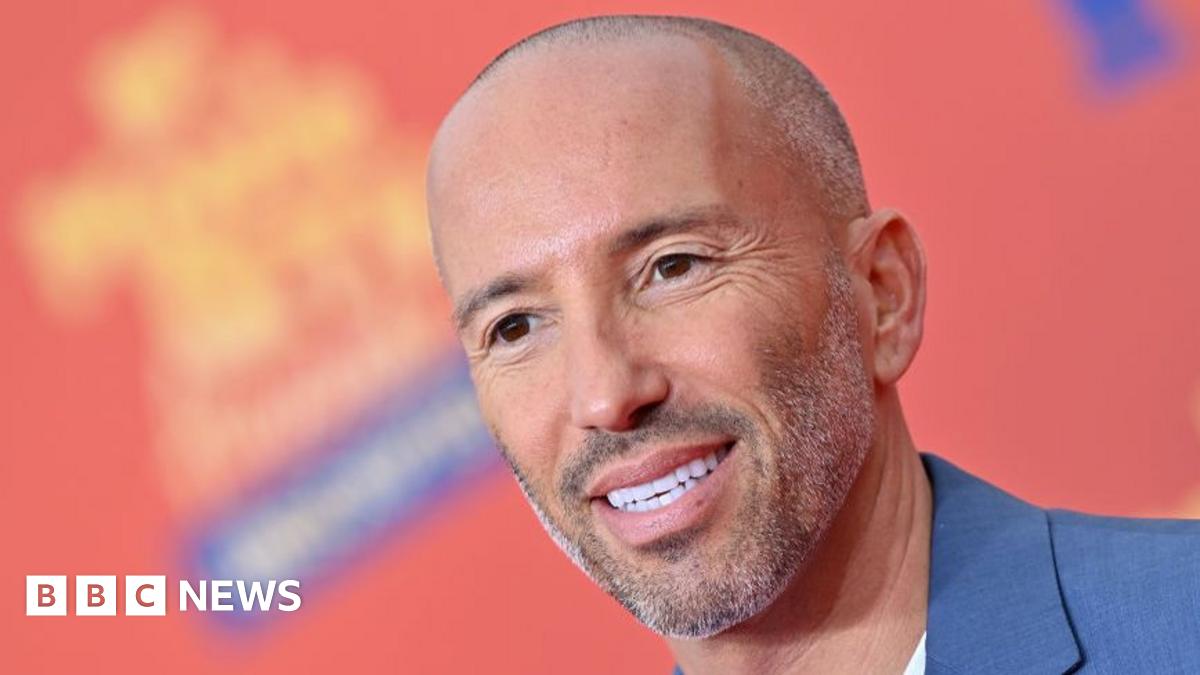The Great Resignation may be coming to an end. The number of job openings has fallen 20% since last year, and the number of workers quitting their jobs has declined by 5%. The shift stands in contrast to the labor shortages and high turnover of the last couple of years, in which workers resigned from more than 90 million jobs and companies were left scrambling for talent. For the first time in a generation, workers had the upper hand.
Companies responded by taking a talent-first approach, offering a wide range of benefits to attract and keep workers. That included investing billions of dollars in upskilling and training designed to help workers advance in their careers.
Now, as the economy tilts toward a potential recession, the pendulum is quickly swinging back toward companies. Conventional wisdom might suggest that this shift in power means companies no longer have an urgent need to invest so heavily in the careers of their workers. This would be short-sighted.
Savvy companies have learned a few new things amid the peculiar labor market trends of the past few years. Research confirms that providing clear pathways to advancement—and offering the training and development opportunities employees need to find their way—remains one of the greatest tools for creating a stronger, more resilient organization.
Companies can—and should—continue to invest in their workers even in these uncertain times. Here’s how.
Personalize worker development
Too often, workplace development programs are retroactive, or even punitive, in nature. Performance reviews are stuck in the past, evaluating where a worker has been with barely a nod to where they should go next. Meanwhile, performance improvement plans typically come into play far too late in a worker’s time with a company, serving as a last resort rather than a thoughtful plan for long-term development.
There is another solution, however: individual development plans. An IDP is an ever-changing tool, evolving alongside workers to reflect their accomplishments and goals. It’s a far more granular process than simply providing a generic checklist that employees must accomplish on their way to a promotion.
Help managers find their inner coach
Companies can find the coaches they need to develop their workers by looking to their own managerial ranks. But just because somebody has made it a few rungs up the career ladder doesn’t mean they know how to be an effective coach. It’s an important job that requires a very specific set of skills.
Coaches need to know how to ask the right questions, how to speak with clarity and confidence, and how to progress others to action by helping to remove obstacles, whether personal or work-related. They need to know how to create structure for themselves and others, and how to stay calm, collected and clear-minded. Before a company can start helping develop its workers, it must first work to develop its biggest influencers on people— managers—into coaches.
See also: As employers gain power in hiring, why HR can’t get complacent
Ensure equitable opportunities for advancement
Research from McKinsey & Co. shows that Black workers are highly underrepresented in senior leadership and executive roles, while overrepresented in entry-level jobs with low wages. Black workers make up 12% of entry-level positions, but only 7% of managers and just under 6% of CEOs.
At the small but growing company where I work, it seemed like we were avoiding the inequitable promotion pitfalls plaguing so many other workplaces. We promoted white workers and BIPOC workers at very similar levels. But when we dug a bit deeper, we found that white employees were more likely to be promoted into management roles, while BIPOC employees were more likely to be promoted into individual contributor roles. As it turns out, not all promotions are equal.
This year, we launched a second iteration of a sponsorship program designed to help better prepare and promote BIPOC and female workers. Workers are paired up with members of our executive leadership team, who not only provide personalized guidance and advice and offer business perspective but also serve as advocates for their sponsor protegee, championing them, their contributions and their potential.
They are also matched with an internal high-potential coach to support their customized growth and participate in external training to sharpen competitive business skills—like influential communication, adaptivity and resilience, and providing effective feedback—that they can take at any level of their career.
Support mental health
Nearly three in five employers say they experience work-related stress, according to a survey from the American Psychological Association. At the same time, nearly 90% of workers think their employers could take actions that would improve their mental health.
Leaders who care about the career success of their employees should care just as deeply about their workers’ mental health. The two are inextricably linked.
Prioritizing the mental health of workers requires giving them the time and space they need to focus on their emotional wellbeing. Companies can also provide workers with resources that demonstrate science-backed practices proven to impact mental health. Focusing on mental health is a habit that needs to be cultivated. Just like many other workplace competencies, companies can help their employees develop this important skill.
Doing right by your employees to ensure their long-term success is always a smart business decision. That will remain true, no matter which direction the economic pendulum swings.
Credit: Source link











